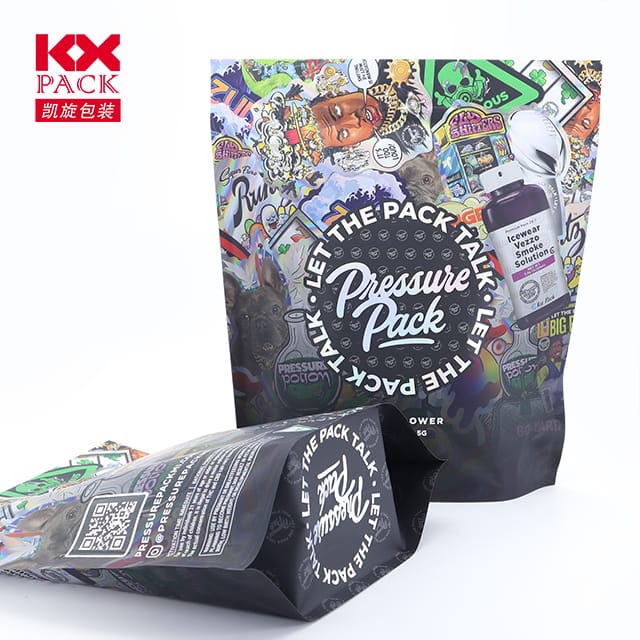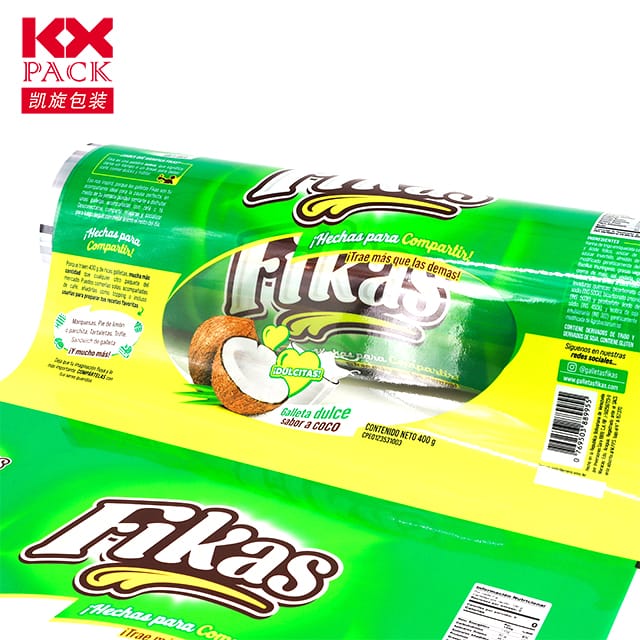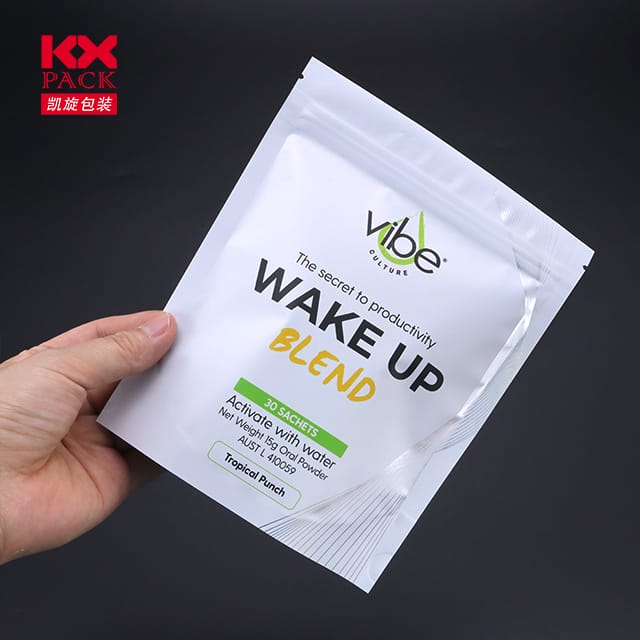Plastfilm för mat: En omfattande guide till säkerhet, Hållbarhet, och bästa praxis
Plastfilm
Plastic film for food—commonly known as cling wrap, matpapper, eller plastfolie – är en stapelvara i kök över hela världen. Dess förmåga att bevara fräschören, förhindra kontaminering, och förlänga hållbarheten för färskvaror gör det oumbärligt för hushållen, restauranger, och livsmedelstillverkare. dock, growing concerns about environmental impact and chemical safety have sparked debates about its usage. I den här bloggen, we’ll explore thetyp, gynn, risks, och miljövänliga alternativ of plastic film for food, empowering you to make informed choices.
What Is Plastic Film for Food?
Plastic film for food is a thin, flexible material made primarily frompolyetylen (PE), though variations likepolyvinylklorid (Pvc) ellerpolyvinylidene chloride (Pvdc) may also be used. It’s designed to create an airtight seal around food items, protecting them from moisture, syre, och lukt. Common applications include:
- Wrapping leftovers
- Covering bowls or plates
- Packaging deli meats or cheeses
- Protecting produce during storage
Types of Plastic Film for Food
- Polyetylen (PE) Filma
- The most widely used and safest option for food contact.
- Comes in two varieties:
- Low-density polyethylene (LDPE): Soft and clingy, ideal for wrapping irregular shapes.
- High-density polyethylene (HDPE): Stiffer and more durable, often used for freezer bags.
- PVC Film
- Contains plasticizers like phthalates, which can leach into food, särskilt feta eller sura föremål.
- Less common today due to health and environmental concerns.
- Biologiskt nedbrytbara/komposterbara filmer
- Made from plant-based materials (TILL EXEMPEL., cornstarch, cellulosa) or biopolymers.
- Designed to break down faster than traditional plastics, though proper disposal is key.
Benefits of Using Plastic Film for Food
- Livsmedelskonservering: Reduces waste by keeping food fresh longer.
- Hygiene: Prevents cross-contamination between foods.
- bekvämlighet: Lätt att använda, lagra, and transport.
- Kostnadseffektiv: Affordable compared to reusable containers for short-term storage.
Risks and Concerns
- Chemical Leaching
- Some films may release harmful substances (TILL EXEMPEL., Bpa, ftalater) when heated or in contact with oily foods.
- Solution: Look for labels indicating “microwave-safe” or “BPA-free.”
- Environmental Impact
- Traditional plastic films are non-biodegradable and contribute to microplastic pollution.
- Solution: Opt for recyclable or biodegradable options and recycle properly.
- Engångsavfall
- Disposable plastic film generates significant landfill waste.
- Solution: Switch to reusable silicone food covers or beeswax wraps.
How to Choose Safe Plastic Film for Food
- Check Labels: Prioritize products labeled “food-grade,” “FDA-approved,” or “phthalate-free.”
- Avoid PVC: Choose PE-based films instead.
- Look for Recycling Symbols: Films marked with recycling codes #2 (HDPE) eller #4 (LDPE) are safer and more recyclable.
- Temperature Resistance: Ensure the film is suitable for your intended use (TILL EXEMPEL., freezer, microwave).
Eco-Friendly Alternatives to Plastic Film
- Bivaxomslag
- Reusable, komposterbar, and made from organic cotton coated in beeswax.
- Perfect for wrapping sandwiches, cheese, or produce.
- Silikonmat täcker
- Hållbar, lufttät, and heat-resistant.
- Reusable for years, minskning.
- Glass or Stainless Steel Containers
- Ideal for storing leftovers or meal prepping.
- Non-toxic and eco-friendly.
- Fabric Covers with Drawstrings
- Great for covering bowls or dough during rising.
- Machine-washable and sustainable.
Best Practices for Using Plastic Film Safely
- Avoid High Heat: Never use plastic film in ovens or toasters; it can melt and release toxins.
- Don’t Reuse Single-Use Films: They degrade quickly, increasing leaching risks.
- Lagra ordentligt: Keep plastic film away from direct sunlight or heat to prevent chemical breakdown.
- Recycle Correctly: Clean used film and check local recycling guidelines (many curbside programs don’t accept it, but drop-off centers might).
The Future of Food Packaging
Innovations are addressing the drawbacks of traditional plastic film:
- Ätliga filmer: Gjord av tång eller stärkelse, these can be consumed along with the food.
- Smart förpackning: Films with sensors to monitor food freshness in real time.
- Advanced Bioplastics: Stronger, more sustainable materials derived from agricultural waste.
Sista tankar
Plastic film for food remains a practical choice for short-term storage, but its environmental and health risks demand mindful usage. By opting for safer materials, exploring reusable alternatives, and recycling responsibly, we can reduce our ecological footprint while keeping our food fresh.
What’s your go-to method for storing leftovers? Share your tips or favorite eco-friendly swaps in the comments below! 🌱🍴







